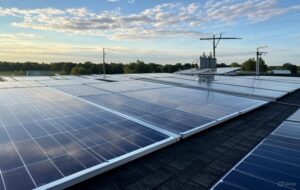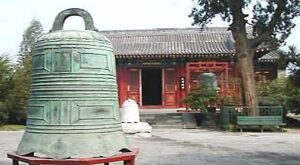Because when we pull back the veil, patterns begin to emerge: symbolic timing, elite figures gathering in the shadows, and strange connections that don’t quite fit the narrative. And for those paying attention, Pope Francis’s death is surrounded by too many questions to simply chalk it up to natural causes and ritual farewells.
Death and the Date: A Symbolic Departure
Pope Francis, born Jorge Mario Bergoglio, died at 7:35 AM on Easter Monday, the morning after the holiest celebration of resurrection in Christian tradition. While media outlets honored the solemnity of the date, many overlooked the high ritual timing of this death: Easter Sunday is about the defeat of death itself. To die just hours after that celebration—especially for a pope—is not just symbolic. It’s prophetic.
Easter has always been tied to solar and lunar cycles—natural energies, cosmic alignments. And April 21? That date also carries secular weight: it’s Rome’s traditional “birthday,” known as Parilia, the founding date of the city in 753 BCE. Could the death of the Bishop of Rome on this day be more than symbolic? Could it be timed?
We know rituals matter to those who hold power. Timing is never random.
The Players in the Room: J.D. Vance, Martin Scorsese & Klaus Schwab
Just 24 hours before his death, Pope Francis met with U.S. Vice President J.D. Vance, an unusual presence for Easter Sunday. Also circulating close to the Vatican at the time were representatives from Scholas Occurrentes, a global nonprofit founded by Francis with strong educational and cultural ties to the United Nations’ sustainability agenda.
More curious still: Martin Scorsese, who had spent time with the Pope filming a new documentary titled “Aldeas – A New Story”, which features what is now being labeled the final in-depth on-camera interview with the Pope. Was this just divine timing… or scripted legacy production?
And looming in the background, as always: Klaus Schwab, founder of the World Economic Forum. Though not physically present, Schwab’s long-time connection to Pope Francis is no secret. Francis addressed the WEF multiple times, calling for “ethical economic reform” and “global solidarity.” Critics have long warned this alignment blurred the lines between spiritual authority and globalist agenda.
In other words: when the spiritual shepherd gets close to the engineers of the New World Order, people start watching.
A Pope of Paradox
Throughout his 12-year reign, Francis was both loved and loathed for his “progressive” positions. He championed climate activism, called for economic equality, and famously asked, “Who am I to judge?” when asked about homosexuality. Many saw him as a breath of fresh air. Others saw the quiet merging of religious morality with global governance and ideological conformity.
This wasn’t just any pope. This was the first Jesuit pope, the first from the Americas, and one of the most politically outspoken in history.
Francis was also closely involved with controversial groups like the Global Compact for Migration, the Abrahamic Faith Initiative, and various Vatican-linked sustainable development programs that mirrored U.N. Agenda 2030. His alignment with secular, technocratic elites raised eyebrows, especially as the Vatican embraced “climate change theology” and digital identity infrastructure partnerships.
Was Francis co-opted by globalists—or was he playing a double game? Was he a reformer, or was he the Church’s Trojan horse?
So What Are We Really Seeing?
Let’s connect a few dots.
-
Francis dies immediately after meeting U.S. leadership, with a film crew documenting his final moments.
-
His final public acts included support for cross-national governance, digital education, and the global unity movement.
-
He is buried outside the Vatican—a break from tradition—at the Basilica of Santa Maria Maggiore.
-
Klaus Schwab, long rumored to be losing power, suddenly resigns from the WEF, just weeks later.
All this as chaos mounts across the globe: economic instability, spiritual disillusionment, climate control experimentation, and an increasing digital clampdown. The question isn’t whether something is happening—it’s who’s orchestrating it and who’s being removed from the board.
Final Thought: Watch the Power Vacuums
Francis’s death isn’t just a changing of the guard—it’s a shift in frequency. Something has ended. Something is beginning.
And as always, when major figures exit the world stage—watch who replaces them. Watch who shows up to the funeral. Watch who rewrites the legacy.
Because as history shows us again and again, the script is never what they tell us it is.
And with this pope’s passing, we may be witnessing more than just the close of a chapter—we may be watching a key player leave the field… just before the next act begins.



